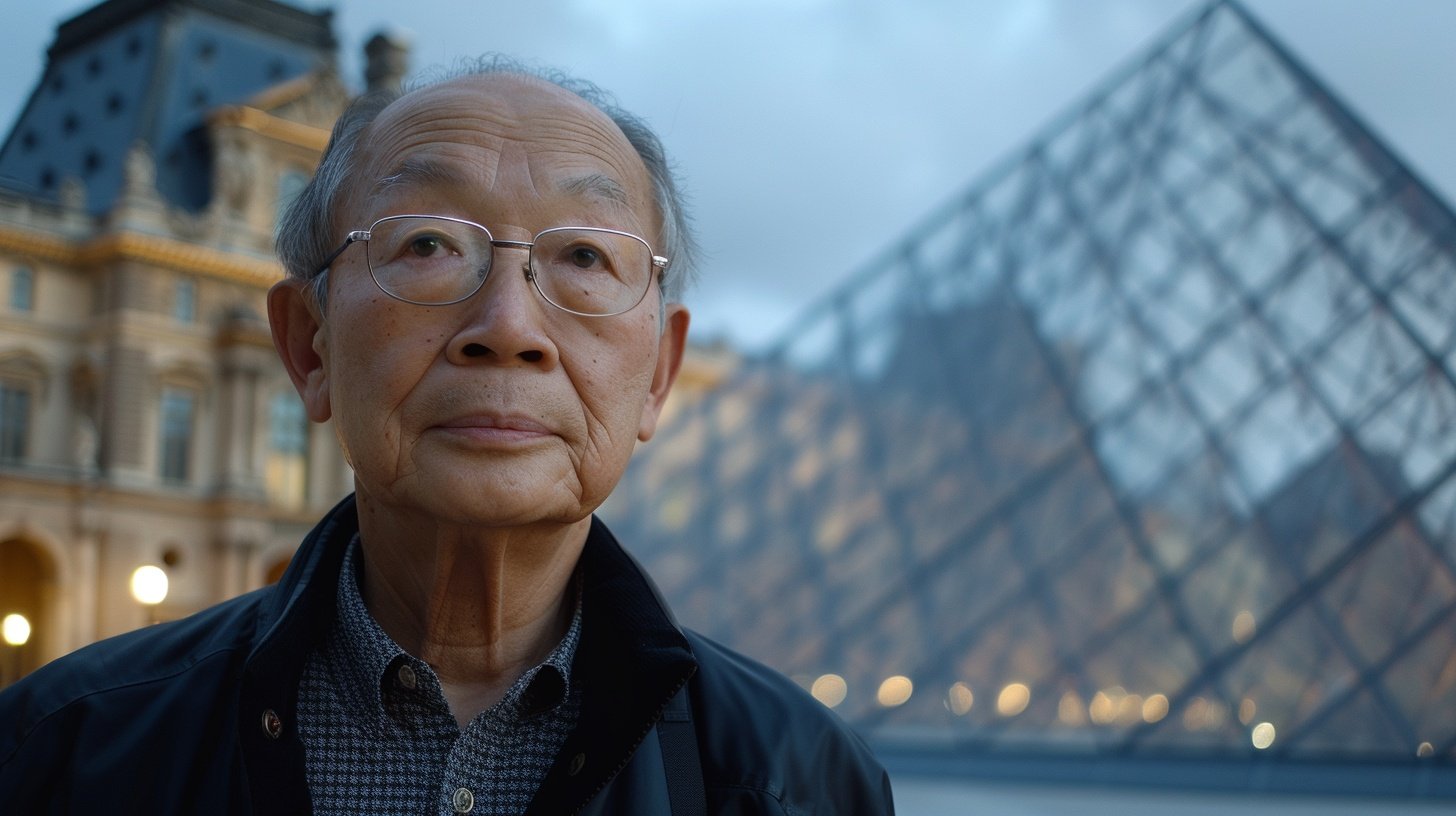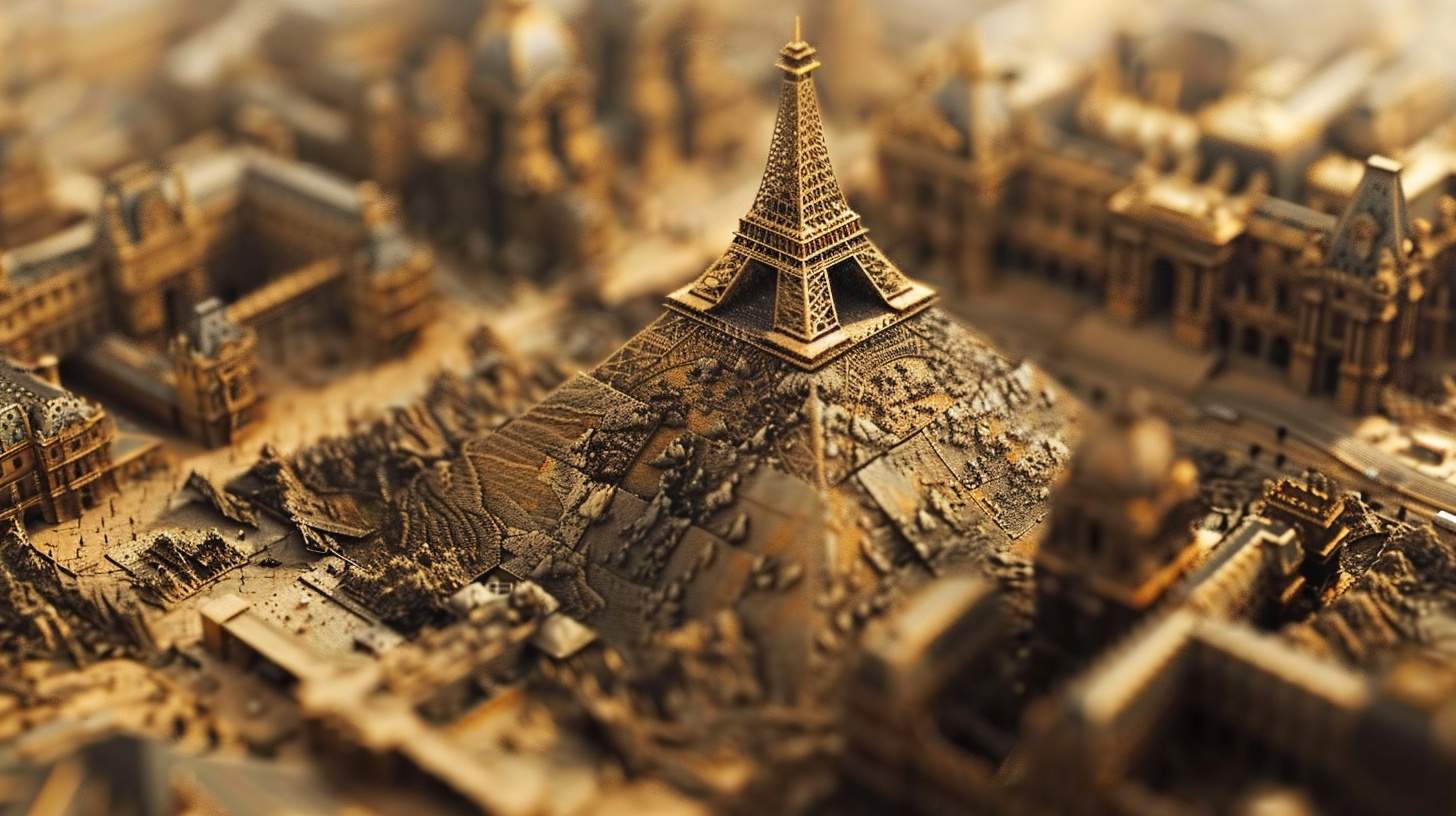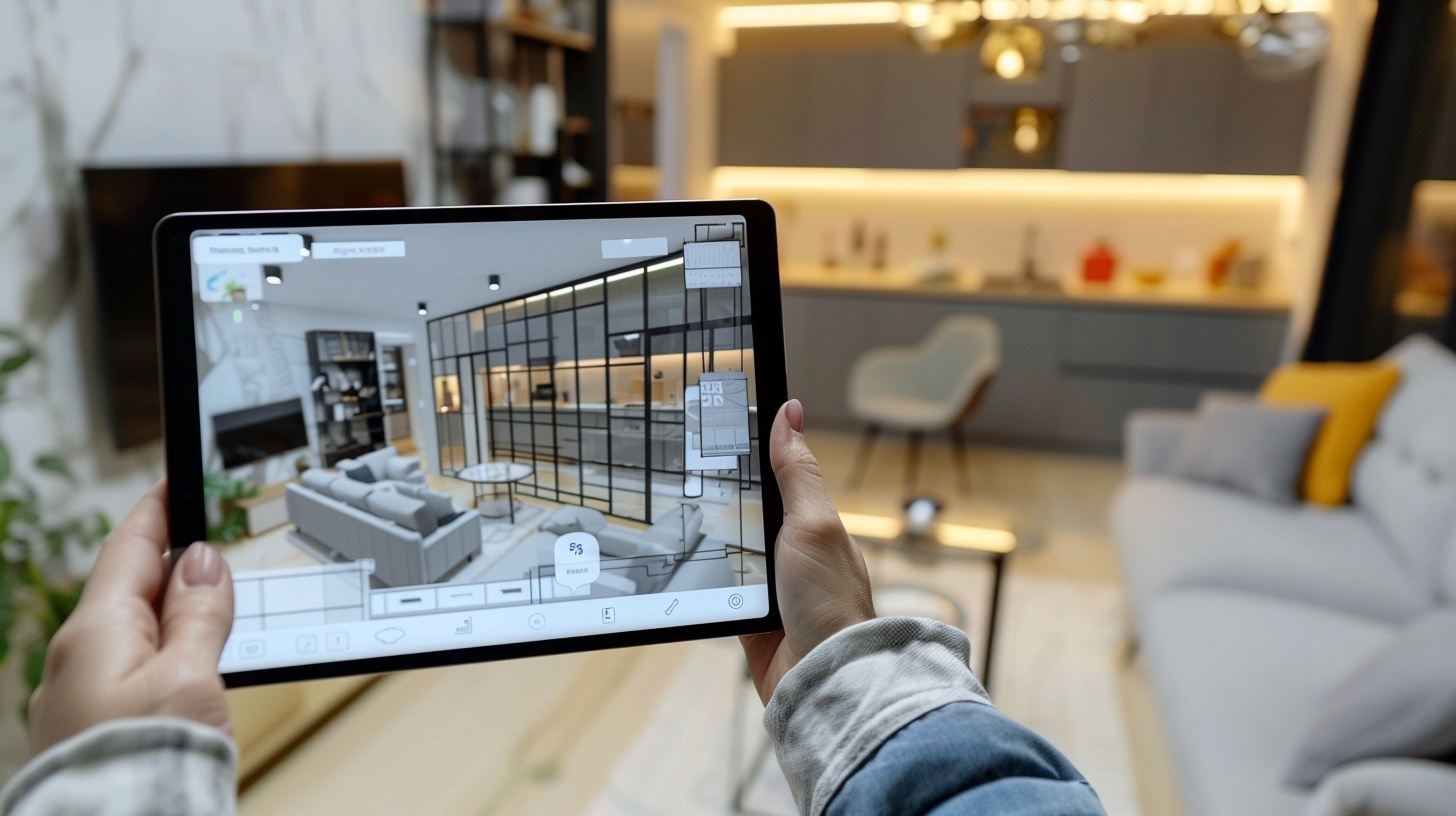
The Story Behind the Innovative Louvre Pyramid Architecture

Have you ever wondered about the giant glass pyramid in front of the Louvre Museum in Paris? It’s quite a sight, isn’t it? The Louvre Pyramid has become an iconic symbol of the city, but when it was first built, not everyone was a fan. Let’s dive into the fascinating history behind this Louvre Pyramid innovative piece of architecture.
The Louvre Pyramid was designed by Chinese-American architect I.M. Pei and completed in 1989 as part of a bigger project called the Grand Louvre. The French president at the time, François Mitterrand, wanted to modernize and expand the famous museum, and he chose Pei for the job.

Latest
Other Topics
Pei’s Genious in Designing the Louvre Pyramid Architecture
Now, you might be thinking, “A glass pyramid in front of a historic palace? That’s a bold move!” And you’d be right. Pei’s design sparked a lot of debate. Some people thought the modern style clashed with the classic French Renaissance architecture of the Louvre. Others even called it a “death symbol” because of its Egyptian pyramid shape.
But Pei had a vision. He believed the pyramid could serve as a bridge between the past and the present, and boy, did he deliver! The Louvre Pyramid is a true marvel of engineering. It’s made entirely of glass and metal, with 603 rhombus-shaped and 70 triangular glass segments. The structure is 21.6 meters (71 feet) tall and has a square base measuring 34 meters (112 feet) on each side.
Serving An Important Role
The pyramid isn’t just a pretty face, though. It serves an important purpose as the main entrance to the Louvre Museum. Before the pyramid was built, the museum was getting too crowded for its good. The new entrance helps to distribute visitors more efficiently, leading them into a spacious underground lobby before they explore the museum’s many wings and galleries.
Maintaining the Engaging and Easy-To-Understand Style
The Louvre Pyramid’s design is a testament to I.M. Pei’s genius. The structure’s transparency allows natural light to flood the underground lobby, creating a welcoming atmosphere for visitors. And get this – the pyramid’s base is actually the same size as the Louvre’s Cour Napoléon courtyard! Pei wanted to create a sense of harmony between the old and the new.
But building the pyramid was no easy feat. The designers had to make sure the structure could withstand the weight of all that glass and metal, not to mention the wind pressure. They used a combination of steel and aluminum for the pyramid’s frame, and each glass pane was custom-made to fit the unique geometry of the structure. Plus, the pyramid had to be designed to adapt to temperature changes, so it wouldn’t crack or buckle in different weather conditions.
An iconic landmark and its legacy
Despite the initial controversy surrounding the Louvre Pyramid, it has become a beloved landmark in Paris. Millions of people visit the museum every year, and the pyramid has been featured in countless movies, TV shows, and photographs. It’s even inspired other architects around the world to incorporate glass pyramids into their designs.
However, as the number of visitors to the Louvre continued to grow over the years, the pyramid entrance started to feel a bit cramped. In 2014, the museum welcomed 9.3 million visitors – double the number it was designed for back in the 80s! To address this issue, the Louvre underwent a major renovation project to redesign the layout of the area beneath the pyramid, improving access and circulation for visitors.

Uncovering the Myths and Mysteries
Now, you might have heard some wild rumors about the Louvre Pyramid. One persistent myth is that the pyramid has exactly 666 glass panes – a number often associated with the devil. Spooky, right? But it turns out this is just an urban legend. The Louvre has confirmed that the pyramid has 673 panes in total: 603 rhombus-shaped and 70 triangular ones. So, you can put that conspiracy theory to rest!
Another fun fact: did you know that the Louvre Pyramid isn’t the only glass pyramid I.M. Pei designed? Before working on the Louvre, Pei incorporated smaller glass pyramids into the National Gallery of Art’s East Building in Washington, D.C. He also used glass pyramids on the roofs of the IBM Somers Office Complex in New York and at the Rock and Roll Hall of Fame in Cleveland, Ohio. The man had a thing for pyramids!
The Louvre Pyramid’s impact on architecture
The Louvre Pyramid has had a lasting impact on the world of architecture. It demonstrated that modern design elements can be successfully integrated into historic settings, creating a stunning visual contrast and a functional space that enhances the visitor experience. The pyramid has inspired countless other projects around the globe, from museums to commercial centers, proving that I.M. Pei’s vision was truly ahead of its time.
But the Louvre Pyramid is more than just a pretty face or an engineering marvel. It has become a symbol of Paris itself – a testament to the city’s enduring spirit of innovation, creativity, and cultural richness. The pyramid has been featured in films, novels, and artwork, cementing its status as an iconic landmark that captures the imagination of people around the world.
Making your architectural vision a reality
Feeling inspired by the story of the Louvre Pyramid? If you’re dreaming of bringing your own architectural vision to life, whether it’s a modern home, a unique office space, or a cutting-edge commercial building, Designs Boss can help. Our team of expert architects and designers is dedicated to turning your ideas into reality, using the latest technologies and sustainable materials to create spaces that are as beautiful as they are functional.
So why wait? Contact Designs Boss today to start your architectural journey. Who knows – maybe your project will be the next Louvre Pyramid, inspiring future generations with its innovation and creativity!


